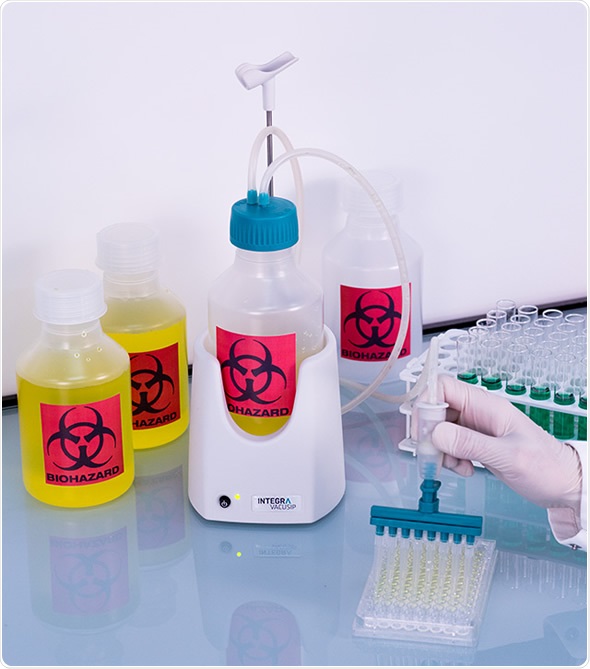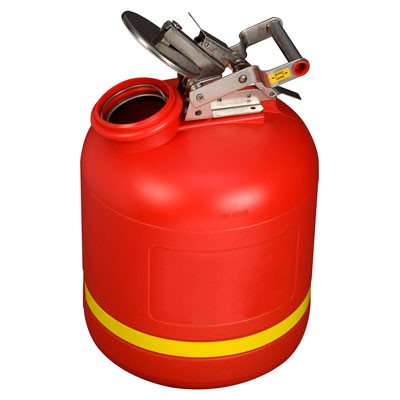Comprehensive Liquid Waste Disposal: Solutions for Residences and Businesses
Comprehensive Liquid Waste Disposal: Solutions for Residences and Businesses
Blog Article
How Liquid Garbage Disposal Functions: An In-depth Review of Strategies and Technologies Employed

Overview of Liquid Waste Kind
The intricacy of fluid waste kinds necessitates a comprehensive understanding of their characteristics and ramifications for disposal. Liquid waste can broadly be classified right into several kinds, consisting of commercial, local, farming, and dangerous waste. Each category exhibits distinctive residential or commercial properties, requiring certain monitoring methods to minimize ecological and health and wellness risks.
Industrial liquid waste stems from producing procedures and typically consists of a series of pollutants, such as heavy steels, solvents, and organic compounds. Local fluid waste, mostly making up wastewater from families and commercial facilities, contains raw material, nutrients, and microorganisms (industrial wastewater treatment). Agricultural liquid waste, including runoff from farms, may include plant foods, chemicals, and pet waste, posing threats to water high quality and environments
Hazardous liquid waste is defined by its toxicity, sensitivity, or possible to create harm. Comprehending these varied fluid waste kinds is essential for establishing effective disposal methods and making sure compliance with ecological policies.
Physical Treatment Approaches

Testing is the initial action, where larger particles and particles are eliminated from the liquid waste using displays or grates. In sedimentation tanks, larger fragments settle at the bottom, creating a sludge layer, while the cleared up liquid can be more dealt with.
Filtration is an additional crucial approach that involves passing the fluid with porous products, such as sand or membrane layers, to capture smaller sized bits. This action improves the quality of the fluid, making it appropriate for subsequent therapy processes.

Chemical Treatment Techniques
Chemical therapy techniques are crucial for efficiently taking care of liquid waste, especially in resolving dissolved and colloidal impurities that physical techniques might not sufficiently get rid of. These methods utilize different chemical representatives to neutralize, speed up, or change hazardous compounds into less damaging forms.
One common approach is coagulation and flocculation, where chemicals such as alum or ferric chloride are contributed to promote the gathering of suspended fragments. This process enhances sedimentation, permitting for easier elimination of the resulting sludge. Additionally, oxidation processes, utilizing representatives like chlorine or ozone, are used to damage down complex organic substances and virus, providing the waste more secure for discharge or additional therapy.
Neutralization is an additional crucial method, which readjusts the pH of acidic or alkaline waste streams to neutral degrees, preventing prospective damage to downstream systems and the environment. In addition, progressed oxidation procedures (AOPs) use mixes of oxidants and ultraviolet light to deteriorate relentless toxins, achieving a greater degree of therapy performance.
Organic Therapy Procedures
Organic therapy procedures play a crucial role in the management of liquid waste by using bacteria to disintegrate natural issue and minimize pollutant degrees. These procedures can be extensively categorized into anaerobic and cardio treatments, each employing specific microbial areas to attain reliable waste deterioration.
Aerobic treatment includes making use of oxygen to assist in the malfunction of organic products by germs. This process is typically implemented in turned on sludge systems, where oygenation storage tanks supply a helpful atmosphere for microbial growth, resulting in the oxidation of natural pollutants. The resultant biomass can be separated from treated effluent through sedimentation.
In comparison, anaerobic treatment occurs in the lack of oxygen, counting on different bacteria to damage down raw material. This technique is particularly advantageous for high-strength waste, as it creates biogas, a renewable resource resource, while decreasing sludge manufacturing. Technologies such as anaerobic digesters are regularly used in local and industrial applications.
Both cardio and anaerobic biological treatments not just reduce the ecological influence of liquid waste yet likewise facilitate source recovery, making them crucial elements of sustainable waste monitoring methods. Their effectiveness, effectiveness, and flexibility sustain their extensive click here now application throughout different sectors.
Arising Technologies in Disposal
Cutting-edge approaches to liquid waste disposal are quickly advancing, driven by improvements in innovation and an enhancing focus on sustainability. Among these emerging innovations, membrane layer bioreactors (MBRs) have acquired grip for their capacity to incorporate organic therapy with membrane discover this filtering, leading to premium effluent that can be recycled in different applications. MBRs make it possible for smaller sized footprints and a lot more reliable procedures contrasted to typical systems.
One more promising advancement is the usage of anaerobic food digestion integrated with nutrient healing innovations, which not just treats fluid waste yet additionally creates biogas and recuperates beneficial nutrients like nitrogen and phosphorus. This twin benefit enhances source performance and lowers ecological effect.
Furthermore, advanced oxidation processes (AOPs) are being embraced for the degradation of complex organic toxins. These techniques use effective oxidants and drivers to break down impurities at the molecular level, providing a highly efficient solution for difficult waste streams.
In addition, the assimilation of fabricated knowledge and device knowing in waste management systems is optimizing functional effectiveness and predictive upkeep, resulting in decreased expenses and improved ecological compliance. These modern technologies show a considerable shift in the direction of even more sustainable and reliable liquid waste disposal techniques.
Final Thought
In conclusion, effective fluid waste disposal necessitates a detailed understanding of different methods and technologies. By continuously progressing these techniques, it comes to be possible to address the expanding obstacles linked with fluid waste, eventually contributing to ecological defense and resource recovery.
Fluid Read More Here waste disposal is a crucial aspect of ecological administration, calling for a thorough understanding of numerous strategies and modern technologies tailored to various waste types. Liquid waste can generally be categorized right into a number of types, consisting of industrial, metropolitan, agricultural, and unsafe waste. Agricultural liquid waste, consisting of overflow from ranches, may contain fertilizers, chemicals, and animal waste, presenting dangers to water top quality and environments.
Various physical treatment approaches play an essential function in taking care of fluid waste properly - industrial wastewater treatment.In conclusion, efficient fluid waste disposal necessitates a detailed understanding of various techniques and innovations
Report this page